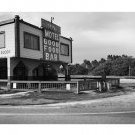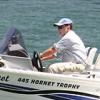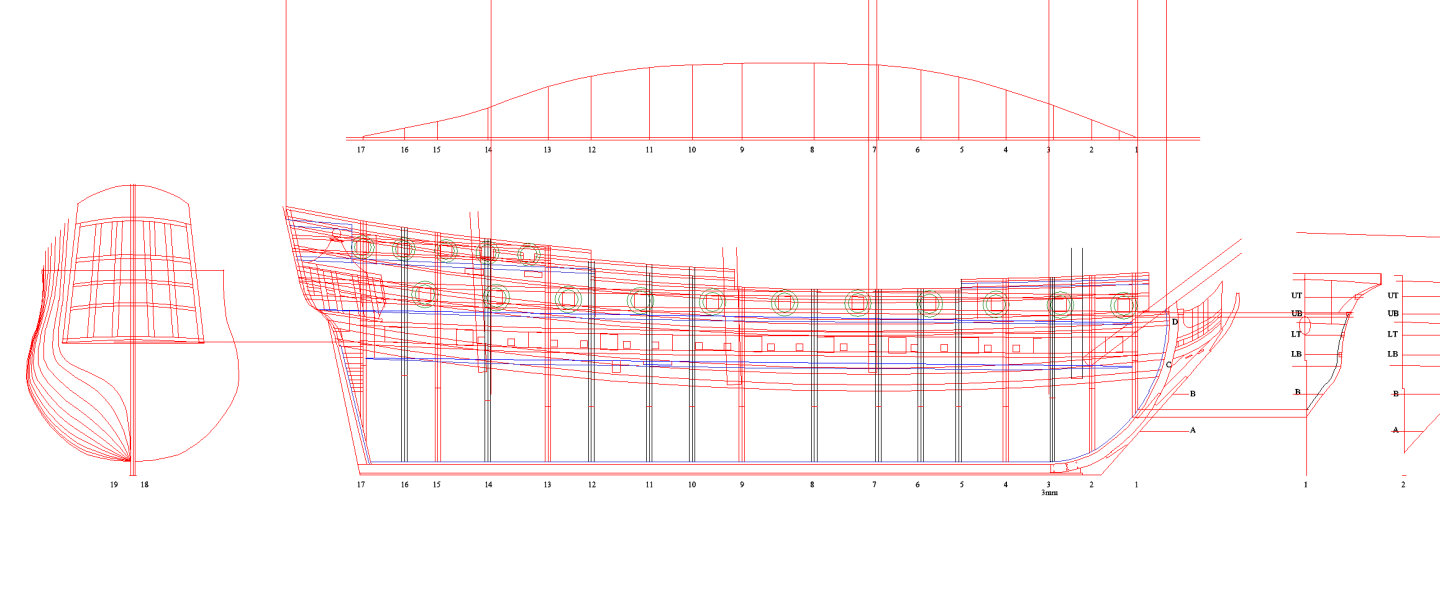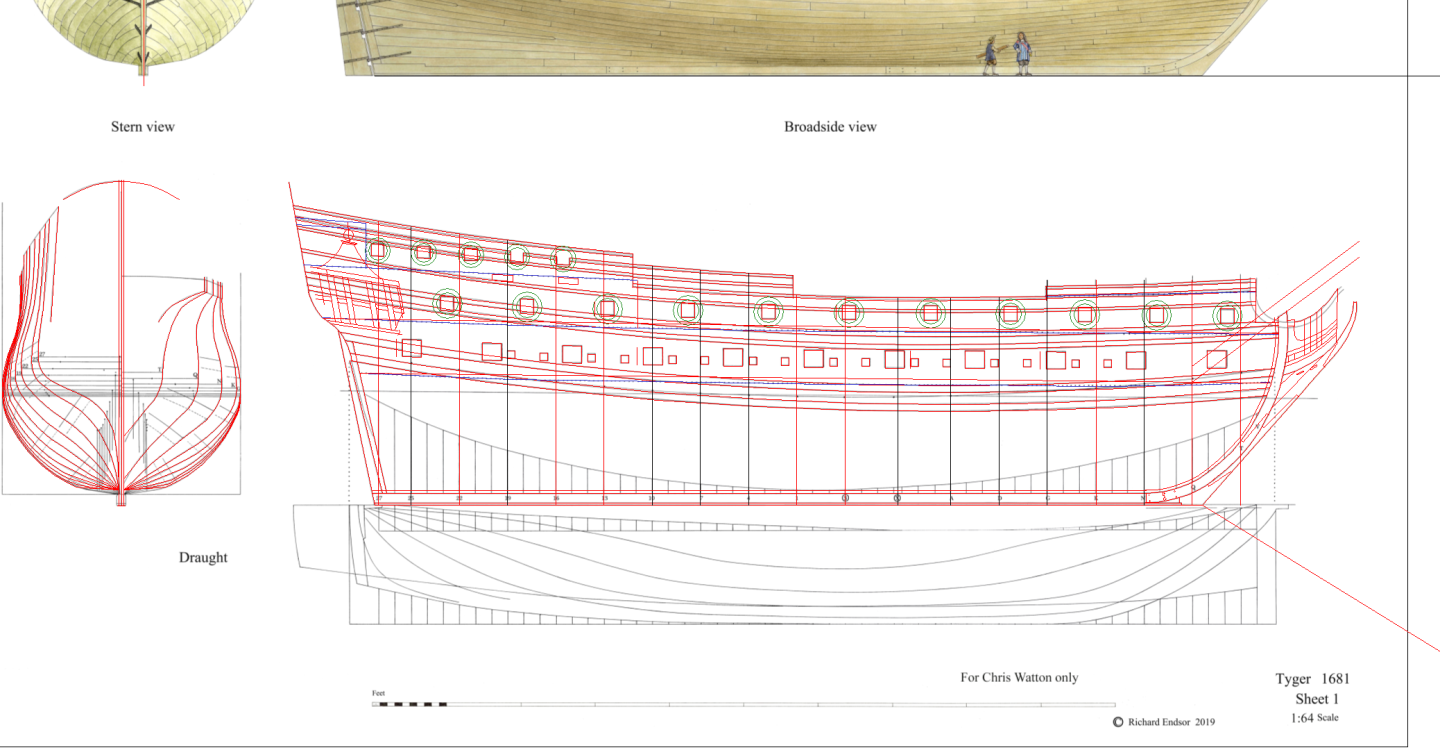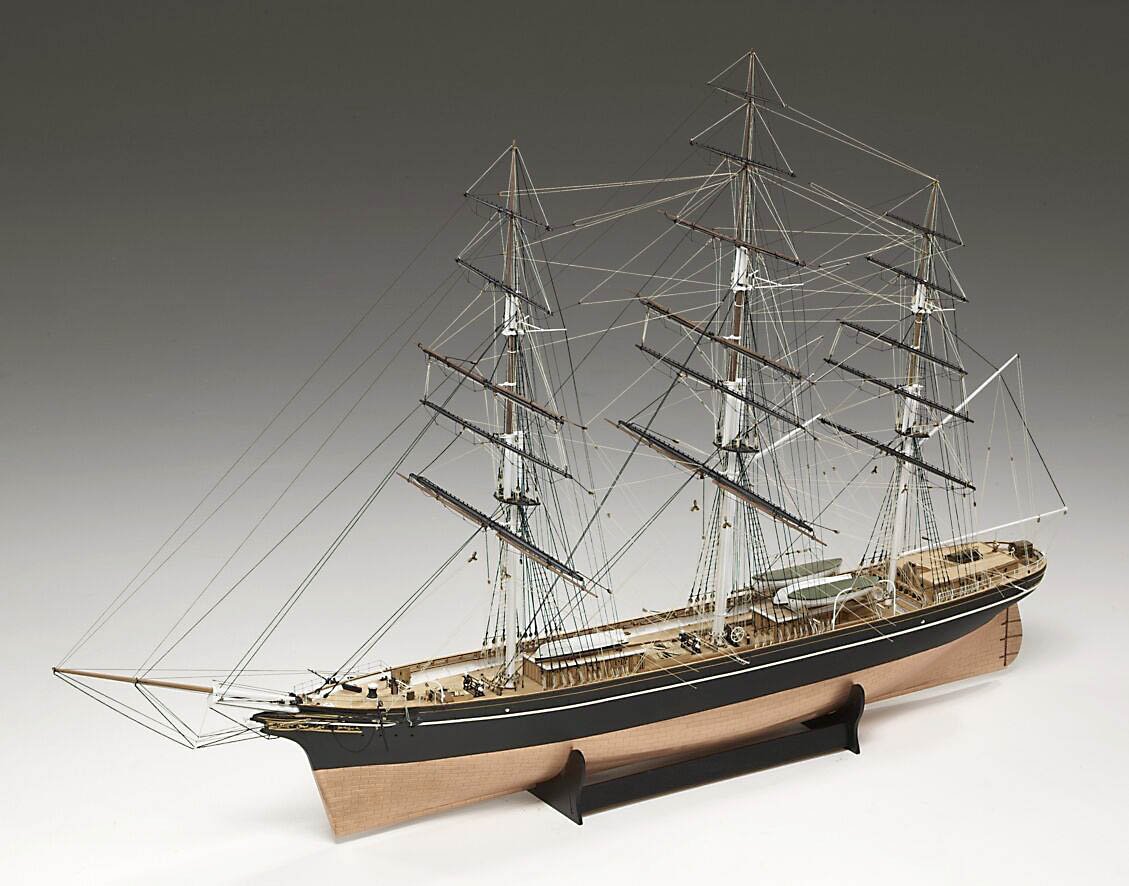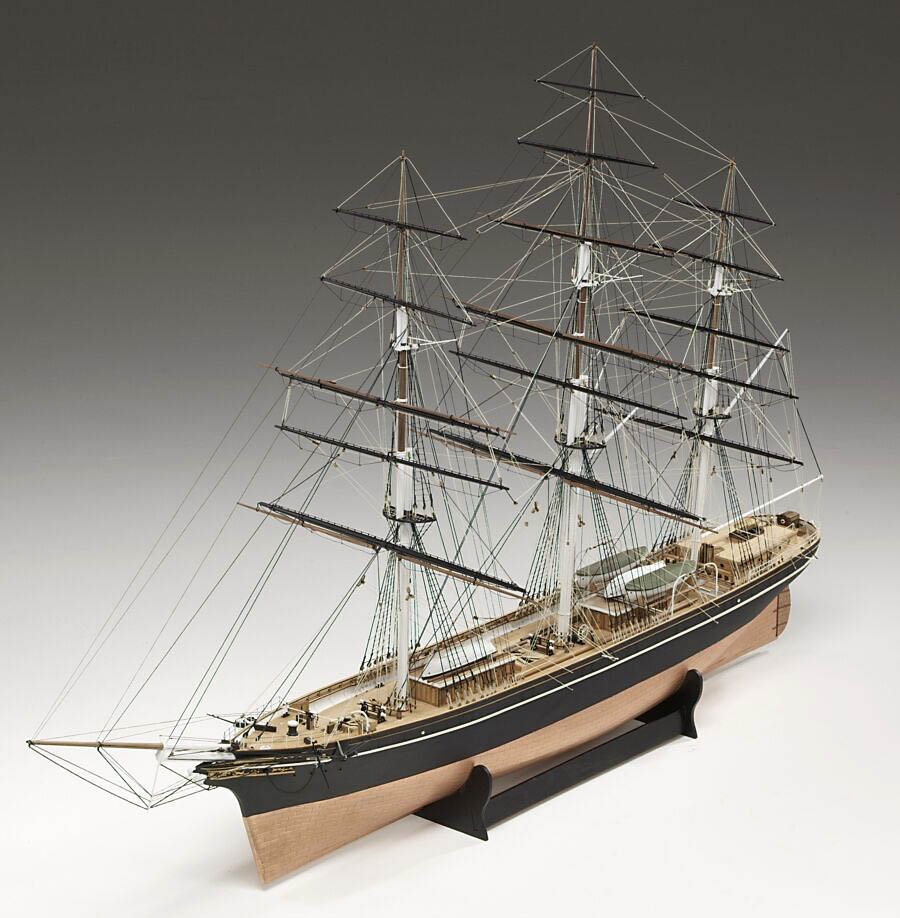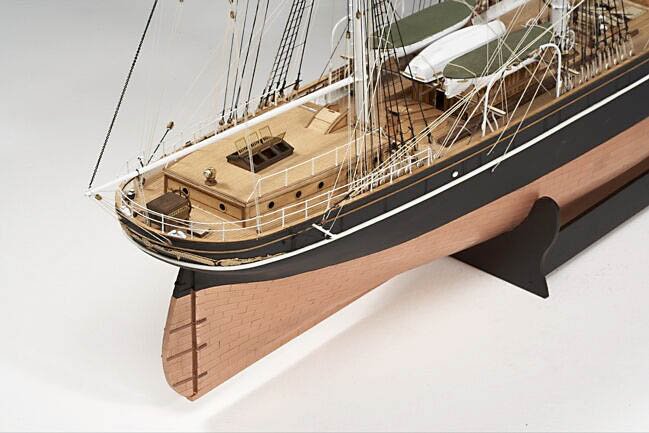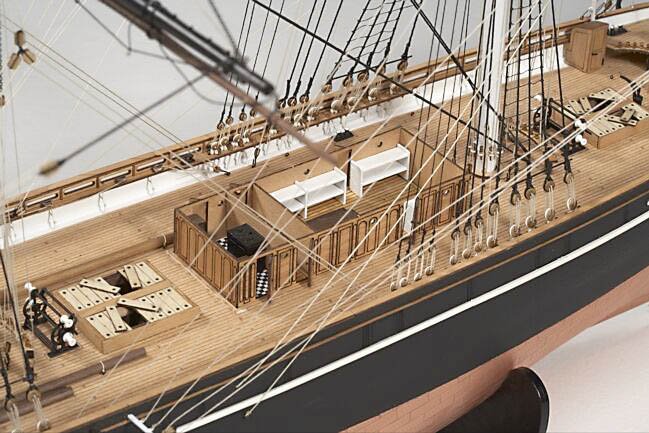-
Posts
2,310 -
Joined
-
Last visited
About chris watton

- Birthday 11/21/1966
Contact Methods
-
Website URL
www.vanguardmodels.co.uk/
Profile Information
-
Gender
Male
-
Location
Forest of Dean, Gloucester, UK
-
Interests
Ships and cars.
Recent Profile Visitors
-
 chris watton reacted to a post in a topic:
Duchess of Kingston 1798 by Glenn-UK - Vanguard Models - 1:64 - Commission Build
chris watton reacted to a post in a topic:
Duchess of Kingston 1798 by Glenn-UK - Vanguard Models - 1:64 - Commission Build
-
 chris watton reacted to a post in a topic:
HMS Centurion 1732 by Michael P - scale 1:160
chris watton reacted to a post in a topic:
HMS Centurion 1732 by Michael P - scale 1:160
-
 BlackDog reacted to a post in a topic:
Chris Watton interview
BlackDog reacted to a post in a topic:
Chris Watton interview
-
 chris watton reacted to a post in a topic:
Duchess of Kingston 1798 by Glenn-UK - Vanguard Models - 1:64 - Commission Build
chris watton reacted to a post in a topic:
Duchess of Kingston 1798 by Glenn-UK - Vanguard Models - 1:64 - Commission Build
-
 chris watton reacted to a post in a topic:
Sherbourne by DB789 - Vanguard Models - 1:64
chris watton reacted to a post in a topic:
Sherbourne by DB789 - Vanguard Models - 1:64
-
 Mario Pires reacted to a post in a topic:
Chris Watton interview
Mario Pires reacted to a post in a topic:
Chris Watton interview
-
 Mario Pires reacted to a post in a topic:
Chris Watton interview
Mario Pires reacted to a post in a topic:
Chris Watton interview
-
 mgatrost reacted to a post in a topic:
Chris Watton interview
mgatrost reacted to a post in a topic:
Chris Watton interview
-
 Ronald-V reacted to a post in a topic:
Chris Watton interview
Ronald-V reacted to a post in a topic:
Chris Watton interview
-
 thibaultron reacted to a post in a topic:
Chris Watton interview
thibaultron reacted to a post in a topic:
Chris Watton interview
-
 thibaultron reacted to a post in a topic:
Chris Watton interview
thibaultron reacted to a post in a topic:
Chris Watton interview
-
 Ryland Craze reacted to a post in a topic:
HM Armed Cutter Sherbourne 1763 by Nightdive - Vanguard Models - 1:64 - First Build
Ryland Craze reacted to a post in a topic:
HM Armed Cutter Sherbourne 1763 by Nightdive - Vanguard Models - 1:64 - First Build
-
 ccoyle reacted to a post in a topic:
Chris Watton interview
ccoyle reacted to a post in a topic:
Chris Watton interview
-
-
That was a hundred years' earlier, Elizabethan Period. (The Restoration period in England began in 1660, which marked the return of Charles II to the throne)
-
Even before deciding on the name for the model kit range in 2019, Royal George was the first on my list of subjects for the 'Flagship Model'. That huge double equestrian figurehead will look magnificent on the head of the ship. If I am to spend another two plus years on one large development, I will make damned sure it is released once complete - although I suspect it won't be cheap, but what the hell, I spoke to the owner, and he said he doesn't care about the cost, but seeing a completed model of this is more than and know we can give those an opportunity build such a kit is worth the time alone! Not for another couple of years or so, though, as I have Aggy next (not a quick and easy development also) , followed by the Restoration warship...
-
I do have a Resoration warship subject in my development folder.
-
TexasJackTar started following chris watton
-
Well, for one thing, it wouldn't have a square tuck.....:)
-
But I have designed a Cutty Sark, a rather large one, too, in 64th. This was back in 2008 (damn, almost 2 decades ago now) - but it was for a part work for Hachette. They did test publications, to see how popular something is, and if they do well, then they follow it through. Cutty Sark clearly didn't sell too well, as nothing become of this design, being in limbo ever since. Shame, as I had all the deck cabin detail in there... Because I had to design these very quickly, and then build the prototype very quickly (always to silly deadlines), no real plans or construction pics were ever done (just speed built as quickly as possible) - these were always done later, if they had the go ahead. Another reason I really hated doing these part works, such a massive waste of time (for my part, at least)
-
I think I chose Sphinx because that was the kit that forced me to make a leap of faith and quit my day job to concentrate fully on Vanguard Models.
-
Jason Port was brilliant, put me at ease (somewhat), as I have never done anything like that before - I stressed and worried for weeks about doing this. The show was good, but for me personally, looking at all the stuff there, it was like going back in time 26 years (over a quarter of a Century)!, the last time I went there with Jotika. Nothing seemed to have changed, same models and kits, with the only difference being some parts being 3-d printed instead of resin cast. My wife said that we didn't really belong there, as no one was displaying/selling our type of kit. I had to remind her that, other than jotika, we are the only company in the UK that actually develops these kinds of kits, so us being the only ones there selling these is quite natural. I did enjoy it, though, met quite a few people and orders have been coming in a lot more since the show. So, all in all, I think it went well. We shall be doing Telford next year. Regarding US subjects, I do have Grecian. I have thought about a 64th Constitution, but the more I think about it, the more of a minefield I think that would be - what period would I show her, and what if I get one detail wrong that wasn't specific to that period etc. You would metaphorically hang me! Anyway, for now, I have years of work for developments I want to do before I expire – am hoping another 20 years if I am very lucky…
-
I can't watch....
-
When I started Surprise, I had a choice to develop her as she was for her very short real career, or more like as per the novels. I decided that the majority, I suspect well over 90% of builders, would like to depict her as per the novels, so this is what I focused on for the main kit. There will be an optional armament for the 32-Pounder carronades and the different figurehead, so there is a choice. I shall reiterate, Surprise is developed with the fictional version well and truly in mind, and most, if not all of that action was post 1801 - this is why, when I was asked by the supplier of the flags, which period would I like to go for, I told them the later version. As these sets are quite expensive, being of very nice quality, I thought it best to go with the version that I strongly suspect most modellers will build her as. I could not get either/or, as the costs are too prohibitive to have one set gathering dust on the shelves for years to come. The only area that I have left alone is the main mast, there will be no 36 gun frigate main mast in the kit. I think this is fine, as that mast wasn't stepped upon Aubrey's command, but later. As for what I am doing now, I am trying hard to complete the plan sets. I suspect now that I will have them done in the next 4 weeks, or just before Christmas. This has taken much longer than I anticipated due to having to stop frequently and focus my attention on production for orders. I have yet to start production for Surprise, but this is normal. I usually start when I am 100% sure the parts I gave Jim are all fine. If I started before this, and Jim came accross a problem, it would be a disaster, as all of that expensive pear wood sheet would have to be scrapped and re done - so production of laser cut parts is usually the final job for me once I am 100% sure all parts fit as intended. We are now actively looking for a unit to rent, as we have well and truly outgrown the space we have here, so hopefully we can find somewhere where we can expand a lot more. Finally, I am looking into purchasing better 3-d printers, (commercial grade rather than consumer grade) and have been looking at FormLabs products. I think these would be better suited for my needs going forward, as the print tolorances are much tighter, although quite a large investment (FormLabs 4L package is quite an investment, plus the resin required).
-
To be clear, my version of Surprise is depicted post 1801, as per the novels. The quarter davits would not be shown if it were much earlier. This does not stop anyone from changing the model to 1796 spec if they so wished - buy another flag set (or leave them off) and leave off the slightly later innovations like the davits. I did think adding a quality flag set for the first time ever as standard for my kits would be a nice little addition - should have known it would cause a ruckus! 😅
-
I knew I would get this question. Yes, for me, the flag from 1801 is appropriate. This is because I figured the vast majority of builders will want to depict the model as per the novels, the overwhelming majority being post 1801. If I asked for the pre 1801 flag, I am sure I would also get comments about that. On balance, I thought the post 1801 would suit the majority.
-
Just heard that my Surprise flag sets and optional machined blocks are arriving tomorrow! The flag set will be included as standard in the first and perhaps second batch of Surprise kits. In fact, the only optional extra will be the machined blocks, and that's only because I know some will want to just build the hull and leave off the masts and rig. The quality is very high for these flags, printed on a very fine material, Jim has my first samples..
About us
Modelshipworld - Advancing Ship Modeling through Research
SSL Secured
Your security is important for us so this Website is SSL-Secured
NRG Mailing Address
Nautical Research Guild
237 South Lincoln Street
Westmont IL, 60559-1917
Model Ship World ® and the MSW logo are Registered Trademarks, and belong to the Nautical Research Guild (United States Patent and Trademark Office: No. 6,929,264 & No. 6,929,274, registered Dec. 20, 2022)
Helpful Links
About the NRG
If you enjoy building ship models that are historically accurate as well as beautiful, then The Nautical Research Guild (NRG) is just right for you.
The Guild is a non-profit educational organization whose mission is to “Advance Ship Modeling Through Research”. We provide support to our members in their efforts to raise the quality of their model ships.
The Nautical Research Guild has published our world-renowned quarterly magazine, The Nautical Research Journal, since 1955. The pages of the Journal are full of articles by accomplished ship modelers who show you how they create those exquisite details on their models, and by maritime historians who show you the correct details to build. The Journal is available in both print and digital editions. Go to the NRG web site (www.thenrg.org) to download a complimentary digital copy of the Journal. The NRG also publishes plan sets, books and compilations of back issues of the Journal and the former Ships in Scale and Model Ship Builder magazines.



.jpg.d84ec4dad1d7791e855dca06210ab6f3.thumb.jpg.f45209242e851d4409eca1a09293165b.jpg)


